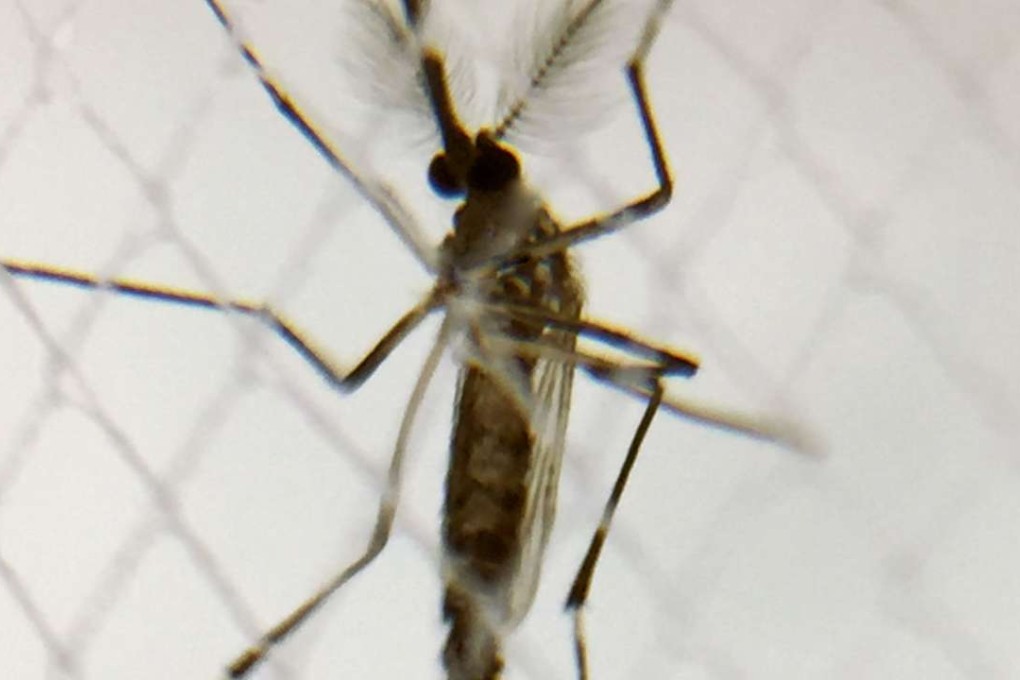
Zika may be spread by as many as 35 species of mosquitoes, including seven found in the United States, according to a predictive model created by University of Georgia ecologists and published Tuesday in the journal, eLife.
The virus spread rapidly through Brazil and the Caribbean in 2015 and 2016, leading to a spike in babies with severe birth defects born to mothers infected with Zika while pregnant.
But despite being named a public health emergency by the World Health Organization and by Florida health officials in February 2016, Zika remained little understood by scientists — including the science of how it spreads, University of Georgia researchers reported.
Most scientists, including those at the Centres for Disease Control and Prevention, believe Zika is primarily spread through the bite of an infected Aedes aegypti or Aedes albopictus species of mosquito, both of which are prevalent in Florida.

But University of Georgia ecologists reasoned that there must be other types of mosquitoes capable of spreading Zika because an outbreak of the virus on Yap Island in 2007 was driven by a different species, Aedes hensilli — and because other viruses closely related to Zika are spread by more than nine mosquito species, on average.
